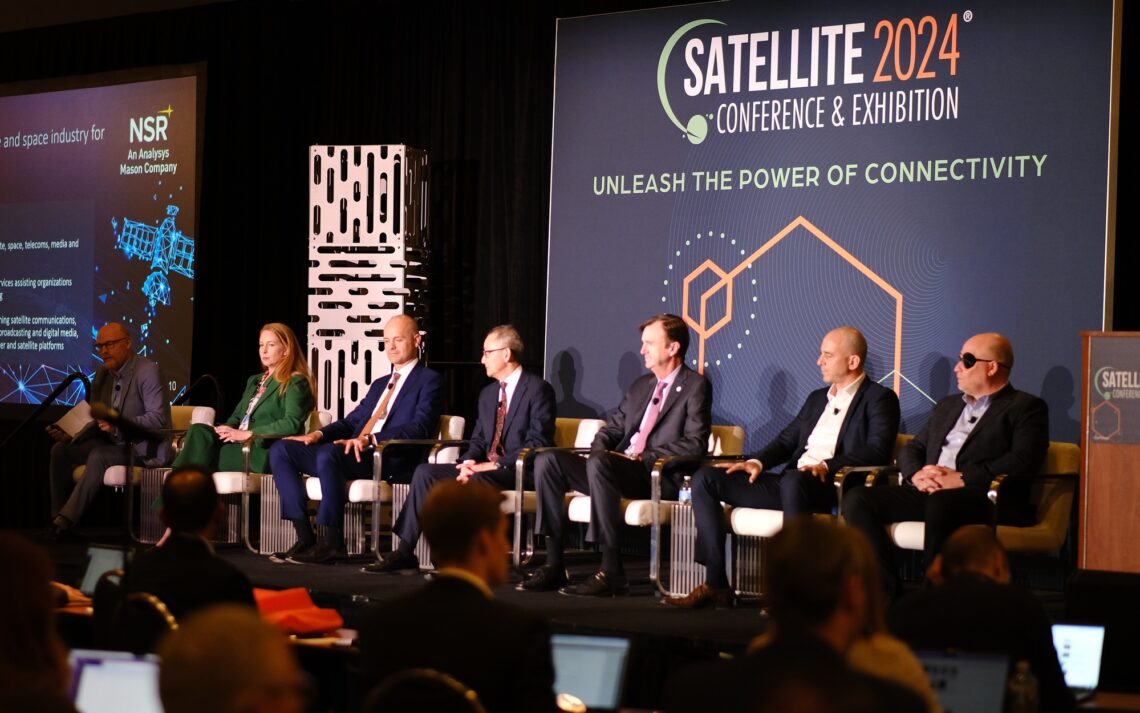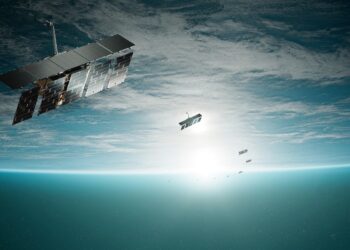WASHINGTON — The launch industry is negotiating a transition into new families of launch vehicles, working to bring additional capacity into the market while seeking out competitive advantages against a growing number of competitors.
A panel at the Satellite 2024 conference March 18 features two companies that recently completed the first successful launches of new vehicles and four others working on new launch vehicles, in some cases while operating existing ones.
“Right now we’re in transition,” said Mark Peller, vice president of Vulcan development at United Launch Alliance, citing the successful inaugural launch of Vulcan Centaur Jan. 8. “We’ve wrung out the Vulcan system and now our focus is getting up to a steady launch cadence.”
He said the company has “many” Vulcan launches planned but was not more specific. The next launch, carrying Sierra Space’s Dream Chaser, is expected no earlier than this summer, depending on when that spacecraft completes environmental tests and other prelaunch preparations.
Mitsubishi Heavy Industries (MHI) successfully launched its H3 rocket Feb. 16 after the rocket’s inaugural launch failed nearly a year earlier, a setback that Iwao Igarashi, vice president and general manager at MHI, called a “nightmare.” “There were no major problems with the rocket” on its second flight, he said.
Next up is Ariane 6. “We are very excited to announce that, in approximately 90 to 100 days, we’re going to see the inaugural flight of our new Ariane 6 rocket,” said Steven Rutgers, chief commercial officer of Arianespace. That would put the launch in the latter half of June, the beginning of a launch period previously announced by the European Space Agency that extends through July.
Two other companies, Relativity Space and Rocket Lab, are in earlier phases of development of medium-class reusable launch vehicles. Relativity is still targeting a 2026 launch of its Terran R rocket, said…
Read the full article here


